It’s no surprise that Thomas Edison is still widely commemorated to this day; his invention of light bulbs has changed the lives of billions of people for centuries!
Despite thousands of newer and more innovative technologies released daily, these simple devices still find their way into almost every household.
However, the fact that they are super common doesn’t mean everyone understands them well. Is there anything I can do to save power and electricity? Our support team receives these questions almost every minute.
How Much Power Does A Light Bulb Use?
In most cases, a typical light bulb eats up 2 to 100W (watts) of electricity. It draws around 105 volts, usually below 1 amp.
Of course, the specific number also fluctuates depending on its type and size. By way of illustration, traditional incandescent ones range from 26 to 100 watts, while LED bulbs consume 2 to 19 watts.
Your usage frequencies of these light bulbs also have the biggest say in deciding the amount of electricity consumed over time. Let’s take a regular incandescent bulb of 60 watts as an example. Usage of:
- One hour a day: 0.42 kWh (kilowatt-hours) per week – 1.83 kWh a month – 21.9 kWh a year.
- Two hours a day: 0.84 kWh a week – 3.65 kWh a month – 43.8 kWh a year.
- Three hours per day: 1.26 kWh a week – 5.48 kWh a month – 65.7 kWh a year.
But suppose you swap regular light bulbs with LEDs (about 10W, much more energy-efficient). Your total energy usage should look like this:
- One hour a day: 0.07 kWh a week – 0.3 kWh a month – 3.65 kWh a year.
- Two hours a day: 0.14 kWh a week – 0.61 kWh a month – 7.3 kWh a year.
- Three hours a day: 0.21 kWh a week – 0.92 kWh a month – 11 kWh a year.
Calculate your electricity bill: Electricity rate (in your area) x kilowatt-hours.
Above are just some simple examples. Here are the full charts, including different average wattage of light bulb types for further reference. Again, it’s easy to see how much more energy LEDs can save compared to their incandescent counterparts!
Incandescent Chart:
| Wattage | Running Hours Yearly | Monthly kWh | Yearly kWh |
| 25W | 730 hrs | 1.53kWh | 18.3kWh |
| 40W | 730 hrs | 2.43kWh | 29.2kWh |
| 60W | 730 hrs | 3.65kWh | 43.8kWh |
| 75W | 730 hrs | 4.57kWh | 54.8kWh |
| 100W | 730 hrs | 6.08kWh | 73.0kWh |
LED Chart:
| Wattage | Running Hours Yearly | Monthly kWh | Yearly kWh |
| 2W | 730 hrs | 0.12kWh | 1.46kWh |
| 7W | 730 hrs | 0.43kWh | 5.11kWh |
| 10W | 730 hrs | 0.61kWh | 7.30kWh |
| 13W | 730 hrs | 0.79kWh | 9.49kWh |
| 18W | 730 hrs | 1.10kWh | 13.14kWh |
Also, remember that few houses use only one bulb every time they switch on their lights. Hence, to accurately estimate how much energy is consumed, you should multiply these numbers by the bulb quantities often used in the room (or throughout the house).
How to Save Electricity When Using Light Bulbs? Ten Simple Yet Brilliant Tips
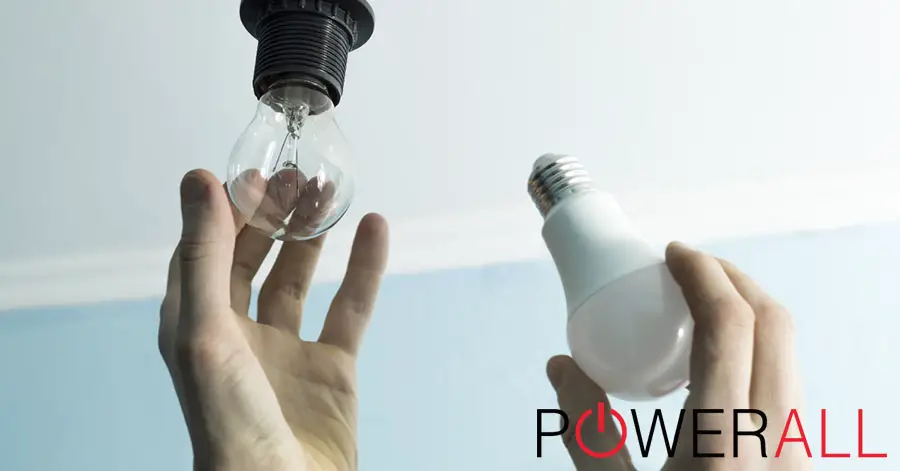
Here comes the long-awaited section of our article! Knowing how many watts the bulbs use is one thing; learning tips to cut them down is another story.
Fortunately, the methods listed below are much more straightforward than you think. Keep scrolling to see what they are!
1. Cut Off The Wattage
Overly lit rooms use up more power than necessary, which is both a huge waste of money and fails to serve the intended functional purpose (ex: a working place).
Before purchasing the bulbs, research carefully and only pick those that match the house’s atmosphere and the room’s designated aim.
2. Do Not Turn To Multiple Fittings
There’s a common misconception that one high-wattage incandescent light can get swapped with multiple low-wattage bulbs.
Unfortunately, that cannot stray further from the truth! More lights set up in the house means more power is needed. Remember this tip and use your budget wisely.
3. Use Several Switches
When setting up the lighting system in open-plan, large-sized spaces, you should build several switches simultaneously to cover different areas. That way, it’s easy to restrict the light output to only a particular place frequented by you or your family members at the time.
4. Purchase Dimmers
Dimming can reduce the electricity amounts a bulb uses – while increasing low-voltage lighting lifespan (ex: halogen bulb downlights). Thus, during your shopping, check the products carefully to confirm they will work wonderfully with dimmers!
5. Use A Lamp
Electrical lamps can offer your house great luminosity at a much lower price than overhead lights! Also, they can enhance the room ambiance, providing concentrated rays for complex tasks like sewing. Too bad, it seems not many people know that!
6. Set Up Motion Detectors
This tip is handy for security lighting installed outdoors. We suggest you incorporate motion sensors within these lights.
Why? The lights will only flick on when needed, reducing wasted power.
7. Utilize Solar Energy
Going solar is also one of the most effective and environmentally-friendly methods. Instead of regular bulbs, you can buy lamps with batteries storing the sun’s energy.
You might find them somewhat more inconvenient than standard lighting at first. But trust us; things will get easier.
See more: Is It Possible To Get Free Solar Panels From The Government?
8. Keep The Lights Clean
Dirty light bulbs or lampshades can obstruct half of the light, forcing the system to work harder than ever to distribute its lighting sources to the entire room.
Please do not neglect the bulbs longer than necessary; check them at least once a week and wash/wipe their shades regularly!
9. Make Use of Natural Lights
Another popular strategy is to set up skylights for darker rooms and natural downlights for work rooms (ex: kitchens).
If your house is being renovated, place the rooms/spaces most used by your families to the northeast or north, exposing them to an incredible daylight source!
10. Switch Off The Lights When Not In Use
Of course, this method will never go out of date. Once you stop using the lights, unplug these appliances immediately. We swear that such a simple move can be a lifesaver, especially for tight-budget or multiple-member families!
FAQs
1. Does A Typical 60-Watt Bulb Use 60 Watts An Hour?
No. The bulb will consume 60 watts continuously – whether one year or one second. The time unit only matters when it comes to energy determination (multiplying the power by time. Ex: a 25-watt bulb turned on for an hour would use 25 watt hours).
Also, as indicated above, electrical energy is often measured in kWh of electricity (kilowatt hours). Hence, you must divide the number by 1000 to determine the total kWh consumption.
2. How Much Electricity Does A 100-Watt Incandescent Bulb Use?
With all the charts above, you don’t need us to spell everything out. Do the math yourself!
3. If I Run Fluorescent Bulbs for An Hour, How Much Will They Cost?
The total price depends on what bulb you use. But according to our observation, the 60-watt ones are the most popular, which charge you about 0.6 cents per hour.
4. Leaving The Lights On versus Turning Them On and Off: Which Is More Cost-Effective?
Despite common beliefs, both are the same. Turning the lights on and off does not have less energy efficient than leaving them on.
5. When I Leave My Items Plugged In The Bulb Sockets, Do They Still Use Electricity?
Yes. Even when these devices are turned off, they still consume electricity.
Conclusion
What is the light bulb wattage? What can I do to save electricity? Our article has covered all these questions, along with an extra FAQ section to ensure no confusion is lingering!
If you still have questions about its watts, yearly cost, or energy-saving tips, feel free to contact us.
See more:

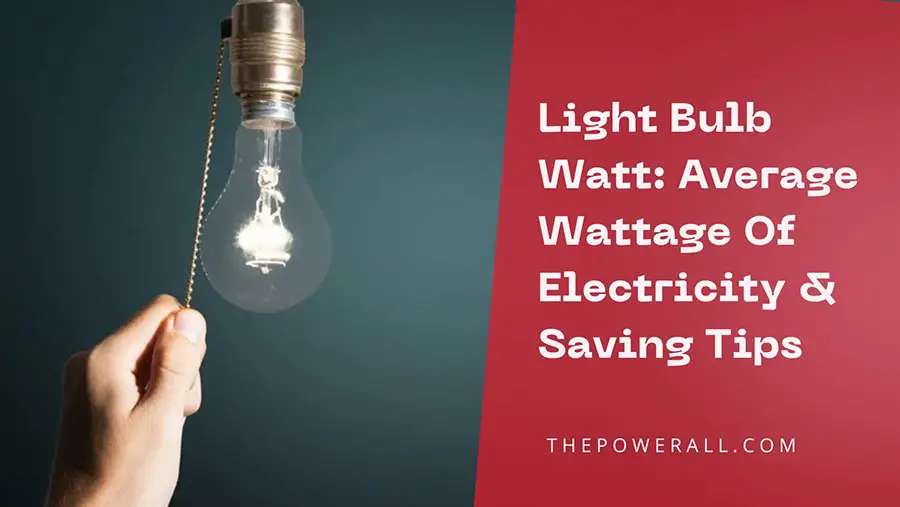

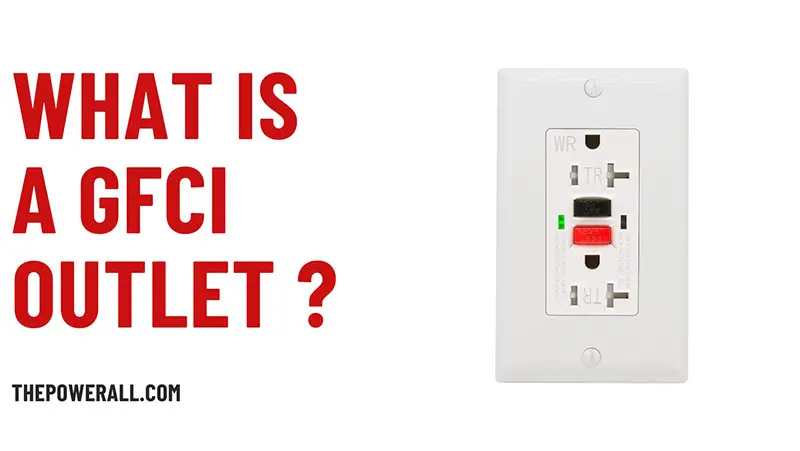
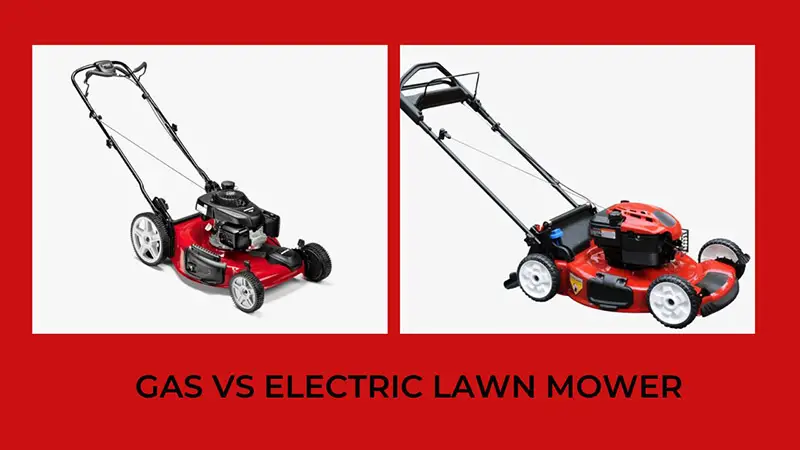
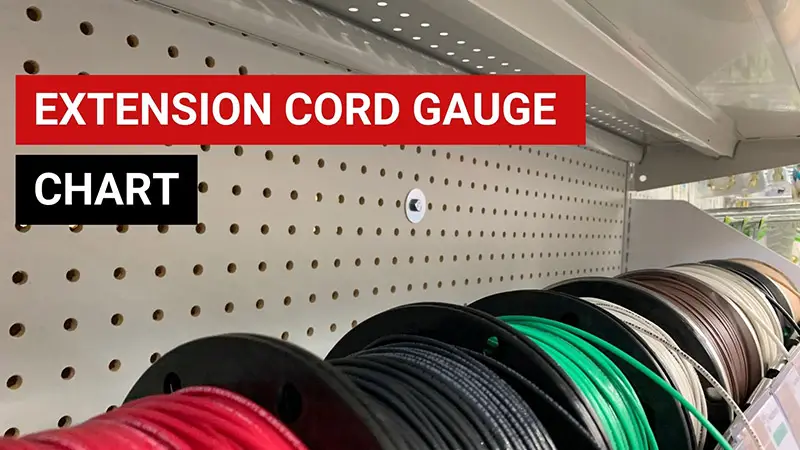
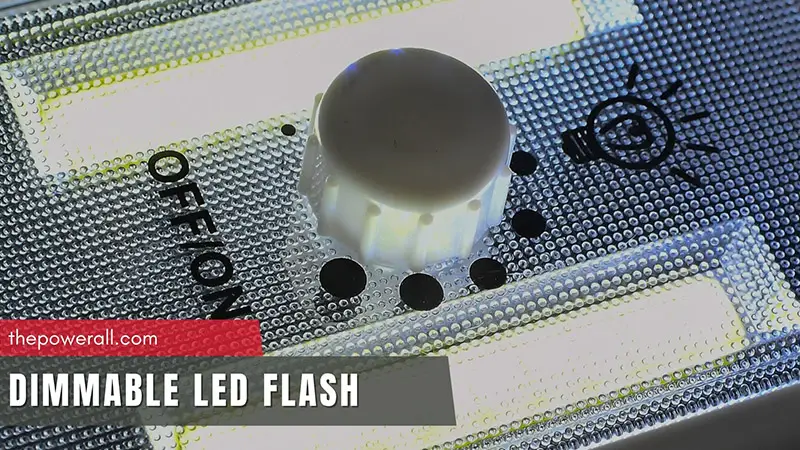


0 Comments